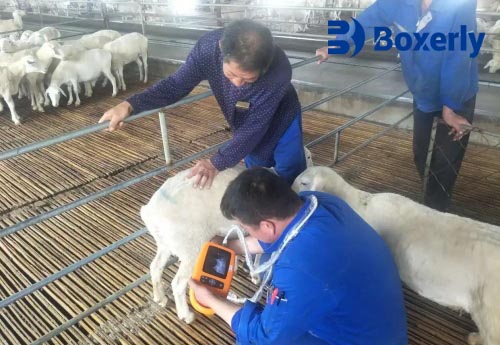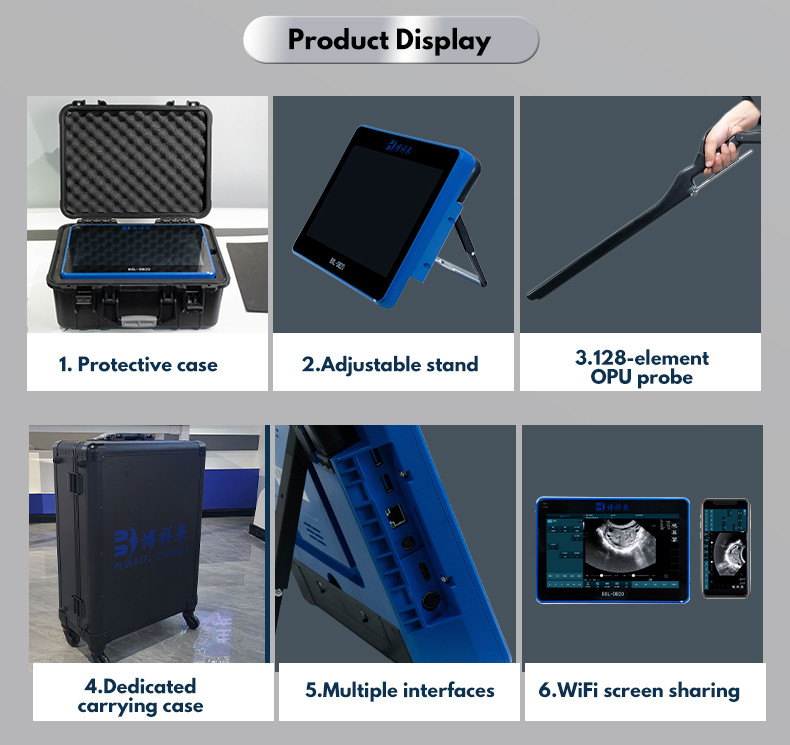Ten Essential Steps to Complete OPU in Mares: A Practical Guide for Equine Breeders
Ovum Pick-Up (OPU) is a transformative technique in modern equine reproduction, allowing breeders to collect oocytes (eggs) from valuable mares and fertilize them in vitro to produce embryos. This procedure is especially useful for mares with fertility challenges, performance mares who cannot carry a pregnancy, or those whose genetics are in high demand. Across Europe and North America, OPU combined with Intracytoplasmic Sperm Injection (ICSI) has become the gold standard for assisted reproduction in horses. In this article, I will walk you through the ten critical steps involved in performing a successful OPU procedure on a mare, combining scientific knowledge with real-world insights from international breeding programs.
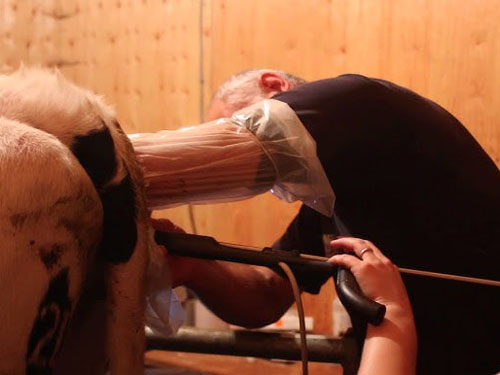
Understanding OPU in Mares
OPU, or transvaginal ultrasound-guided follicular aspiration, involves retrieving oocytes directly from the ovarian follicles using a specialized probe. The oocytes are then matured and fertilized in a laboratory setting through ICSI, after which embryos are cultured and either transferred to recipient mares or frozen. This method allows for multiple embryos to be obtained from a single donor mare during one breeding season.
Compared to cattle and small ruminants, equine OPU requires more delicate handling due to the mare’s ovarian sensitivity and lower oocyte yield. However, with the right steps and proper equipment, the success rate continues to improve globally.
Step 1: Mare Selection and Evaluation
The first and most important step is identifying suitable donor mares. In international breeding practices, veterinarians prioritize mares that are:
-
Of high genetic value
-
Unable or unsuitable to carry a pregnancy
-
In good overall health, with normal ovarian structure
Prior to the OPU procedure, a full reproductive ultrasound examination is conducted. This includes evaluation of the ovaries, uterus, and cervix to confirm there are sufficient follicles present and no contraindications.
Step 2: Hormonal Stimulation Protocol (Optional)
Unlike in cattle, hormonal stimulation is optional but can improve oocyte yield in horses. Foreign clinics, especially in The Netherlands and the U.S., often use mild stimulation protocols involving Equine Chorionic Gonadotropin (eCG) or Follicle-Stimulating Hormone (FSH) to encourage the growth of multiple follicles.
This protocol usually starts 3–4 days before OPU and must be customized per mare. Ultrasound is used daily to track follicular development. Only when there are enough aspiratable follicles (usually ≥25 mm), the mare proceeds to the OPU procedure.
Step 3: Sedation and Restraint
Safety is a priority. The mare is brought into a clean, quiet environment and sedated using drugs such as detomidine and butorphanol, widely used in European OPU facilities. She is then positioned in stocks, and her tail is wrapped and the perineum is scrubbed to minimize contamination.
Unlike cattle, mares require deeper sedation and close monitoring throughout the procedure to reduce movement and discomfort.
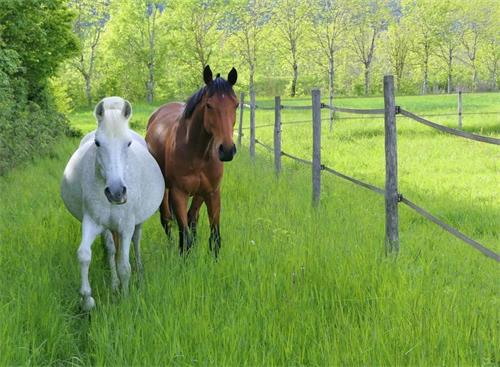
Step 4: Equipment Preparation and Sterility
Sterile technique is non-negotiable. The transvaginal probe, ultrasound system (preferably with Doppler capabilities), aspiration tubing, collection tubes, and needle guides are all sterilized.
Many clinics use portable veterinary ultrasound machines like the BXL-DZ20, which offers high-resolution imaging and is well-suited for field conditions. The use of a linear or convex probe with a long needle guide is standard in equine OPU.
Step 5: Transvaginal Ultrasound Probe Insertion
With the mare sedated, the transvaginal ultrasound probe is gently inserted into the vaginal vault and positioned against the fornix vaginae, aligning with the ovary. The operator uses their free hand rectally to manipulate the ovary toward the probe.
High-resolution ultrasound ensures that each follicle is visualized clearly, and blood flow can be monitored to avoid vascular injury.
Step 6: Follicular Aspiration
Using a long 18G needle attached to the ultrasound probe guide, each follicle is punctured and aspirated individually. Suction is applied using a vacuum pump set at a low pressure (90–120 mmHg), ensuring gentle fluid removal to minimize trauma.
Because equine follicles yield fewer oocytes than cattle, precision and patience are essential. Each follicle is aspirated until collapsed, and the fluid is collected into pre-warmed tubes containing heparinized media.
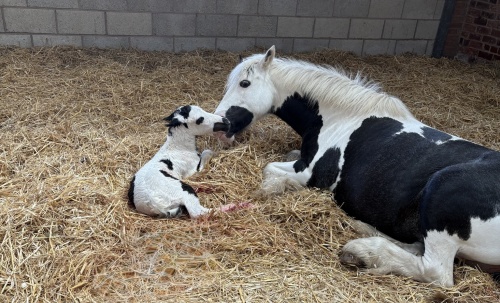
Step 7: Oocyte Recovery and Search
Immediately after aspiration, the follicular fluid is transported to the laboratory. Under a stereomicroscope, trained embryologists search for oocytes manually.
This step is time-sensitive. Oocytes are delicate and should be recovered within 20–30 minutes post-aspiration. In elite equine centers across the U.S. and Belgium, this process is handled by skilled technicians trained to identify cumulus-oocyte complexes (COCs) with minimal mechanical damage.
Step 8: Oocyte Maturation and Evaluation
Recovered oocytes are washed and placed into maturation media, where they are incubated at 38.5°C with 5% CO₂ for 24–30 hours. Only after reaching metaphase II are they considered mature and ready for fertilization via ICSI.
Equine oocytes are more sensitive to in vitro culture than bovine ones, so specialized media formulations and environmental controls are vital. This step is where international collaboration has greatly improved—labs in Europe and Argentina frequently share protocols to optimize success rates.
Step 9: Post-Procedure Care for the Mare
After OPU, the mare is monitored for any signs of vaginal or ovarian trauma. Pain relief, such as flunixin meglumine, may be administered, and uterine lavage is sometimes performed to reduce the risk of infection.
Most mares recover quickly and can undergo another OPU session within 10–14 days, depending on ovarian activity. Maintaining a proper cycle through light management or hormonal therapy is important in seasonal breeders like horses.
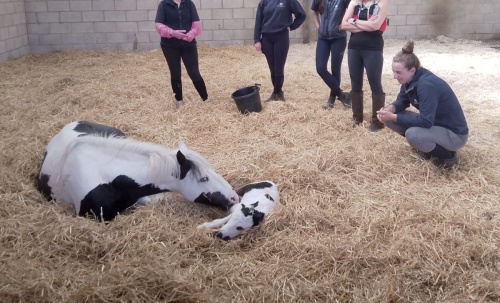
Step 10: Embryo Development and Transfer
Mature oocytes are fertilized by ICSI—injecting a single sperm directly into the oocyte. Embryos are then cultured in vitro for 7–10 days. Once viable blastocysts are formed, they are either:
-
Transferred fresh into synchronized recipient mares
-
Cryopreserved for future use
In international practice, particularly in France and Brazil, embryo recipients are carefully selected and synchronized using hormonal protocols. Real-time ultrasound is used to confirm uterine receptivity and successful transfer.
Why OPU-ICSI Is Transforming Equine Breeding
Unlike conventional artificial insemination or embryo flushing, OPU-ICSI allows even older, subfertile, or injured mares to continue contributing genetically. This method maximizes the genetic output per mare per season, making it a cornerstone in competitive sport horse and Thoroughbred industries.
According to Reproduction in Domestic Animals (2023), embryo recovery rates from OPU-ICSI in mares range between 25–40%, with successful pregnancies reported across all major equine disciplines. Countries like Germany and Australia have set up mobile OPU units to expand access to remote breeders.
Key Considerations for Success
-
Ultrasound guidance: High-quality imaging is critical; machines like the BXL-DZ20 enhance visualization, especially in field conditions.
-
Operator skill: The learning curve for equine OPU is steep. International centers often collaborate to train new veterinarians.
-
Oocyte handling: Speed and sterility are essential from aspiration to maturation.
-
Recipient mare management: Synchronization protocols must align precisely with embryo development stages.
Conclusion
Completing an OPU procedure in mares is a complex, multi-step process that demands coordination, precision, and expertise. When done correctly, it opens up new opportunities for genetic advancement, fertility preservation, and international breeding collaborations. With technologies such as high-resolution ultrasound and advanced in vitro fertilization, equine breeders around the world are embracing OPU-ICSI as a game-changing reproductive tool.
For veterinarians, breeders, and equine professionals, understanding these ten steps and integrating global best practices can dramatically improve reproductive outcomes and business sustainability.
References
-
Galli, C., Duchi, R., Colleoni, S., et al. (2022). Oocyte Retrieval and Embryo Production in the Mare. Reproduction in Domestic Animals, 57(4), 505–513. https://onlinelibrary.wiley.com/doi/10.1111/rda.14145
-
Squires, E. L. (2021). Equine Embryo Transfer and OPU-ICSI: Progress and Perspective. Journal of Equine Veterinary Science, 103, 103666. https://www.sciencedirect.com/science/article/abs/pii/S0737080621001311
-
University of Utrecht. (2024). Equine OPU and ICSI Programs in Europe. https://www.uu.nl/en/news/the-rise-of-equine-assisted-reproduction

